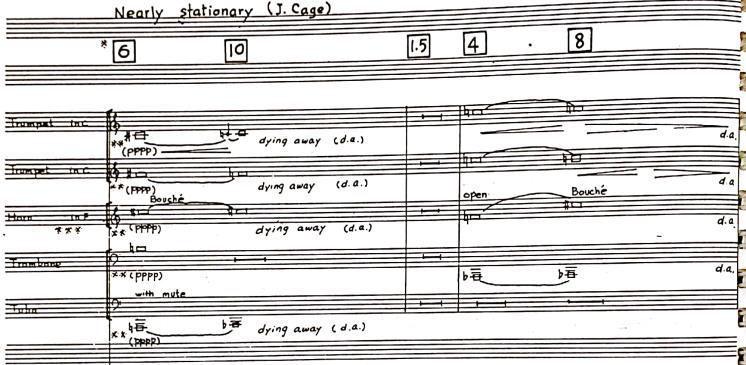GEORGE ENESCU, THE PIANIST IN THE LIGHT OF HIS CONTEMPORARIES’ REVIEWS AND RECOLLECTIONS PROF.DR. LAVINIA COMAN, PH.D. NATIONAL UNIVERSITY OF MUSIC BUCHAREST ABSTRACT: The exhaustive research of George Enescu's life and work highlights his incomparable piano mastery in the context of his exceptional performances as a violinist, conductor, teacher, guide of the young generations of musicians. The present study evokes the first contacts of the gifted child with the keyboard, his growing satisfaction in using this instrument to play any kind of music, as well as his legendary appearances as pianist in chamber ensembles or instrumental duo with other great performers of the time. Also, the Enescian creation dedicated to the piano is presented, underlining its original contributions to the formation of a Romanian pianistic thinking.
KEYWORDS: ENESCU PIANIST, CAUDELLA, CARMEN SYLVA AS THE BIOGRAPHICAL sources and memoirs of the age attested, Enescu’s genius manifested
itself early and spectacularly in its following hypostases: violinist, composer, pianist, and conductor. In time, that of teacher would be added to them in some of its most varied means of expression. The mastery of the pianist favoured this polymorphic genius’s ability to compose fluid sound structures in a discourse that raised eyebrows from his very first attempts through its complexity and prolificacy. Examined at the Iași Conservatoire by composer Eduard Caudella and later in Paris, the highly gifted child insists on displaying his ability to play the piano after having proved his violin prowess. His desire to make music is described with psychological acuity by George Bălan in his first monograph dedicated to the great master: “With the same determination with which he had persevered in his stubbornness of playing by ear, little Enescu was now starting to learn the notes. What stimulated him above all was his surprising discovery that he was able to fix on paper the melodies he had been improvising and to reproduce them exactly as they had first come to mind. It was fun! But the child felt even more stimulated from the moment when one day, a cart stopped in front of his house, and people pulled down a huge crate from it. It was an upright piano that his father, enthusiastic about his son’s ardour, had ordered as a gift for him. The child’s interest in the professional study of music turned into passion. How poor the violin seemed, with its four strings, compared to this wonderful instrument with dozens of keys, which allowed you to play several sounds at the same time, to add a harmonic jewel to the melodies.” (Bălan G. , Enescu, 1963, p. 17) In his memoirs, the artist evokes the moment as follows: “My piano was neither a Steinway, nor a Gaveau; it was a very old and modest instrument, dry, completely hostile to any nuances one may have expected; but I had a piano at last! I gladly exchanged the monodic instrument that I had been playing so far for a polyphonic instrument; when the only thing you could do was play melodies, with no accompaniment whatsoever, how good it felt to chain chords! A glass of fresh water can bring nothing but pleasure to the thirsty...” (Bălan G. , Enescu, 1963, p. 18) Once registered with the Vienna Conservatoire as one of Helmesberger Jr.’s students, he admired Brahms, who was in the final years of his life, and who would sometimes appear in chamber concerts as conductor or as improvising pianist. From his childhood, Enescu remembered such moments: “Sometimes, he (Brahms) would sit at the piano: he played admirably, like a great virtuoso; I must confess, however, that he would sometimes hit the keyboard too hard... As early as that I loved his music passionately. I listened to it with deep emotion, not only because I found it wonderful, but also because it evoked my home country.” (Bălan G. , Enescu, 1963, p. 36) The years of training in the two capitals of musical Europe, Vienna and Paris, brought to Enescu, among other benefits, the extraordinary opportunity of seeing and hearing Brahms, and later Fauré, Saint-Saëns, Massenet, Vincent d’Indy, Debussy play, and of having fellow conservatoire students such as Ravel, Florent Schmidt, Roger Ducasse. Becoming a professional within the musical family of the two schools – German-Austrian and French – allowed him to turn into a true European artist and remove the music of his country from its provincial isolation, propelling it into universality.
103








